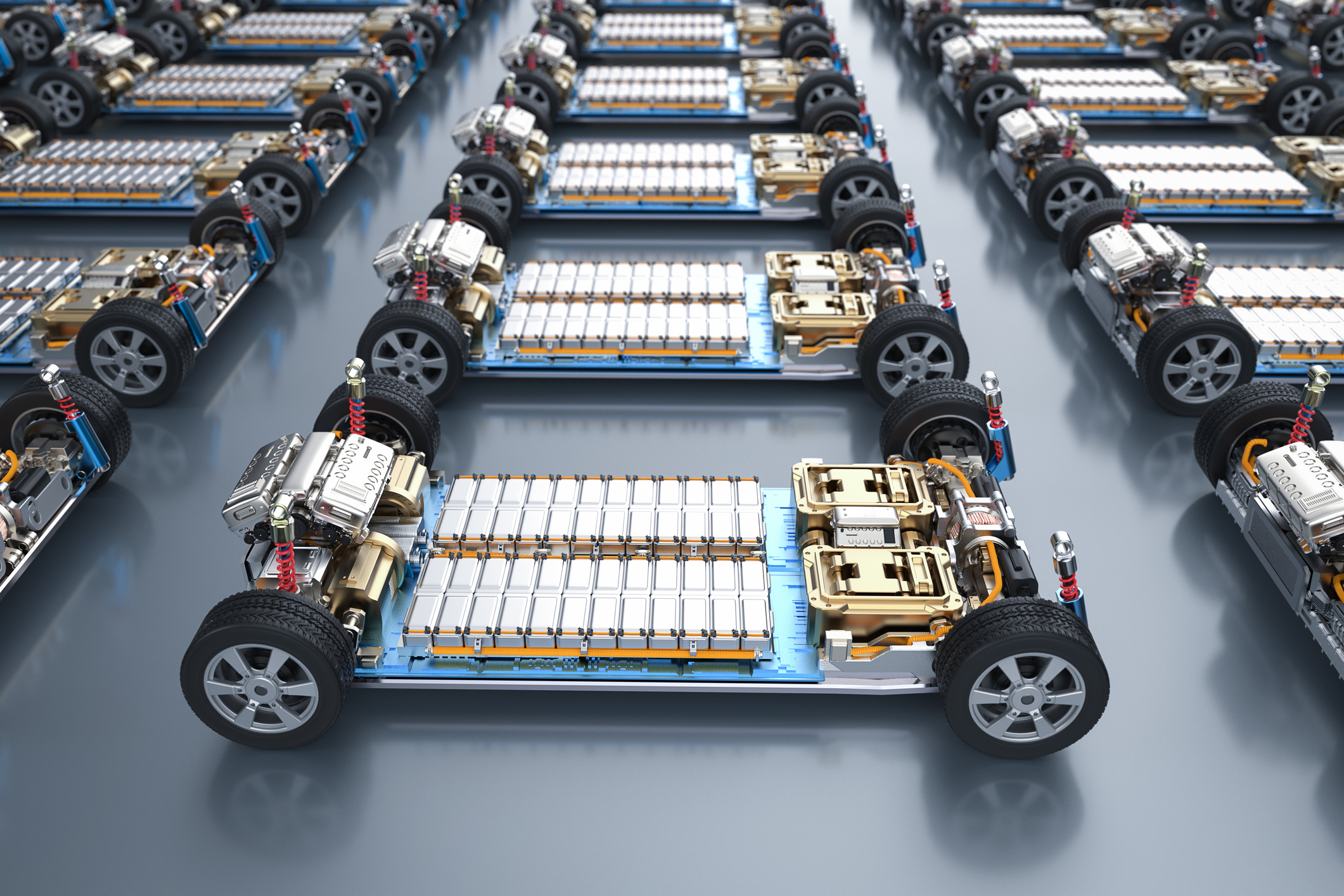
Title: Copper Quandary: The Tension Between Clean Energy and Global Growth
As the globe accelerates toward a more sustainable and eco-friendly future, fresh research from the University of Michigan uncovers a troubling conundrum lurking beneath the surface—quite literally. The investigation, spearheaded by Professor Adam Simon, indicates that the worldwide supply of copper, a vital component fueling everything from electric cars to city infrastructure, may fall short in addressing the competing needs of climate initiatives and economic growth in developing countries.
The research showcases meticulously curated data indicating that limitations in copper supply could obstruct either the global shift to renewable energy or the establishment of critical systems—like clean water, electricity, and healthcare—in areas still lacking basic infrastructure. In straightforward terms: humanity might face a choice between protecting the earth and elevating billions from poverty unless decisive and well-informed actions are undertaken immediately.
The Copper Capacity Crisis
Copper is crucial for contemporary society. It conducts electricity, resists corrosion, and is essential for power grids, electric vehicles, wind turbines, and household wiring. Simon’s team asserts that the scale of forthcoming demand is unprecedented.
Noteworthy insights from the study include:
– Standard development will necessitate 1,100 million metric tons (Mt) of copper by 2050.
– Incorporating electric vehicles (EVs) and minor grid enhancements raises this figure to 1,248 Mt.
– A comprehensive transition to renewable energy utilizing wind and solar can push the demand to 2,304 Mt.
– Adding sizeable battery storage—critical for stabilizing inconsistent renewable energy generation—jumps copper requirements to an astonishing 3 billion Mt.
For reference, in 2024, global copper production was merely 23 million metric tons. The projected needs indicate an enormous leap in demand, highlighting a significant supply-gap dilemma.
Development at a Disadvantage
As affluent nations rapidly move towards electric vehicles and smart grids, developing regions are still working to satisfy basic infrastructure requirements. The quantity of copper present in modern societies starkly illustrates this gap:
– The United States boasts over 400 pounds of copper per person in its infrastructure.
– In contrast, India has roughly 40 pounds per person.
– All 54 African nations together will need one billion metric tons of copper by 2050 to fulfill essential development requirements.
To establish the necessary infrastructure, about 78 new significant copper mines—each generating 500,000 metric tons annually—must become operational by 2050. However, each mine requires around 20 years to develop, and discovery rates are on the decline. The logistics and timelines are misaligned with current environmental and economic strategies.
“If the choice is between ‘Are you going to construct health care in Africa or allow more people to drive a Tesla?’ I would choose health care in Africa,” Simon stressed.
Battery Bottlenecks and Grid Instability
A particularly illuminating facet of the research is the understanding that battery storage, not the renewable energy generation itself, is the predominant factor driving soaring copper demand. Batteries are vital for managing the inconsistent output of solar and wind energy. In the absence of storage, grids remain unstable and depend on fossil-fuel backups—undermining environmental objectives.
Yet, batteries are highly copper-dependent. If battery storage is factored into decarbonization strategies, copper shortages become exceedingly critical, making it nearly impossible to achieve global climate goals without hampering developmental objectives.
Alternative Energy Strategies
The University of Michigan study also provides more hopeful scenarios that reduce copper consumption while still striving for climate objectives. These include:
– Nuclear Power: Scenarios depending on nuclear for 90% of energy production, with minimal battery support, require copper amounts bordering on standard development levels, presenting a more even trajectory.
– Hybrid Vehicles: These demand considerably less copper than fully battery-powered electric vehicles and can still achieve meaningful emissions reductions.
– Natural Gas as Backup: This option is less copper-consuming than battery systems and can intermittently support renewables, though reliance on fossil fuels remains a concern.
These alternatives indicate that thoughtful technological decisions—not merely aggressive decarbonization—can aid in achieving a balance between global equity and environmental sustainability.
Economic Realities and Resource Limits
Investment in mining is capital-intensive. Current copper prices hover around $9,000 per metric ton, yet analysts predict they must soar to $20,000 to incentivize the development of essential new mines. This price surge would disproportionately affect developing nations already grappling with the costs of infrastructure projects.
Recycling is frequently touted as a solution, but the study warns that while beneficial, recycling will contribute only 13.5 million metric tons of copper by 2050—barely addressing the issue.
Additionally, two-thirds of the global copper reserve remains untapped, and even in the most optimistic scenarios, half of all known resources could be exhausted by mid-century. These forecasts stress the urgency to reassess our resource approaches and timelines.
Tools for Policy and Planning
To facilitate responsive decision-making, Simon’s team has made their data publicly